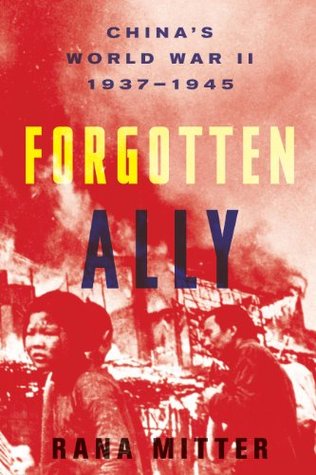When Chiang’s government found itself in difficulty, it turned to the printing press to produce more banknotes. Between mid-1941 and late 1944 prices rose by 10 percent or more per month.34 In February 1940 a shijin (approximately half a kilogram) of rice in Chongqing had cost 2 yuan; by December (during the year when the Burma Road had been closed over the summer) it was 18.35, and by the start of 1942, just after Pearl Harbor, it stood close to 40, a twentyfold increase in just two years. In the last year of the war, prices would rise even faster.
Welcome back. Just a moment while we sign you in to your Goodreads account.


